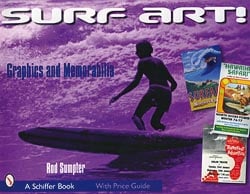What a great find! Somebody on a audio recording board posted this link.
It’s an animated movie explaining “loudness”. It’s a high average volume level. Meaning there’s less softer parts in the music. If you read this you probably have a chance of enjoying old music. You probably think about the old recordings as being played by real musicians, on real instruments, projecting real emotions and so forth. All fine an dandy with me. But that’s not all there is to it. They recorded it differently! The guys at the record companies enjoyed loud parts coming after quieter parts. A scary movie is most scary when nothing is really happening, but your senses tell you that something could and probably will happen. Then when all the screams come on, its not scary anymore. You are scared in the fracture of a second actually, the transition from quiet to loud.
With modern music it’s like horror screams all of the time. No wonder most people eventually turn away from it. At first (your early teens) you think “cool – it’s really loud”. But as an adult you will find that the dimensions offered in music are richer for your enjoyment.
Many professionals in the recording industry think that this loudness war is one thing that is hurting the music business of today. Also consider the fact that an artist will sound wimpy on stage by comparison to his recordings. You didn’t read about booed off the stage superstars in the 50s, 60s and 70s. Or even the 80s. It’s fans robbed off another illusion. And they start realizing they have one voice.
